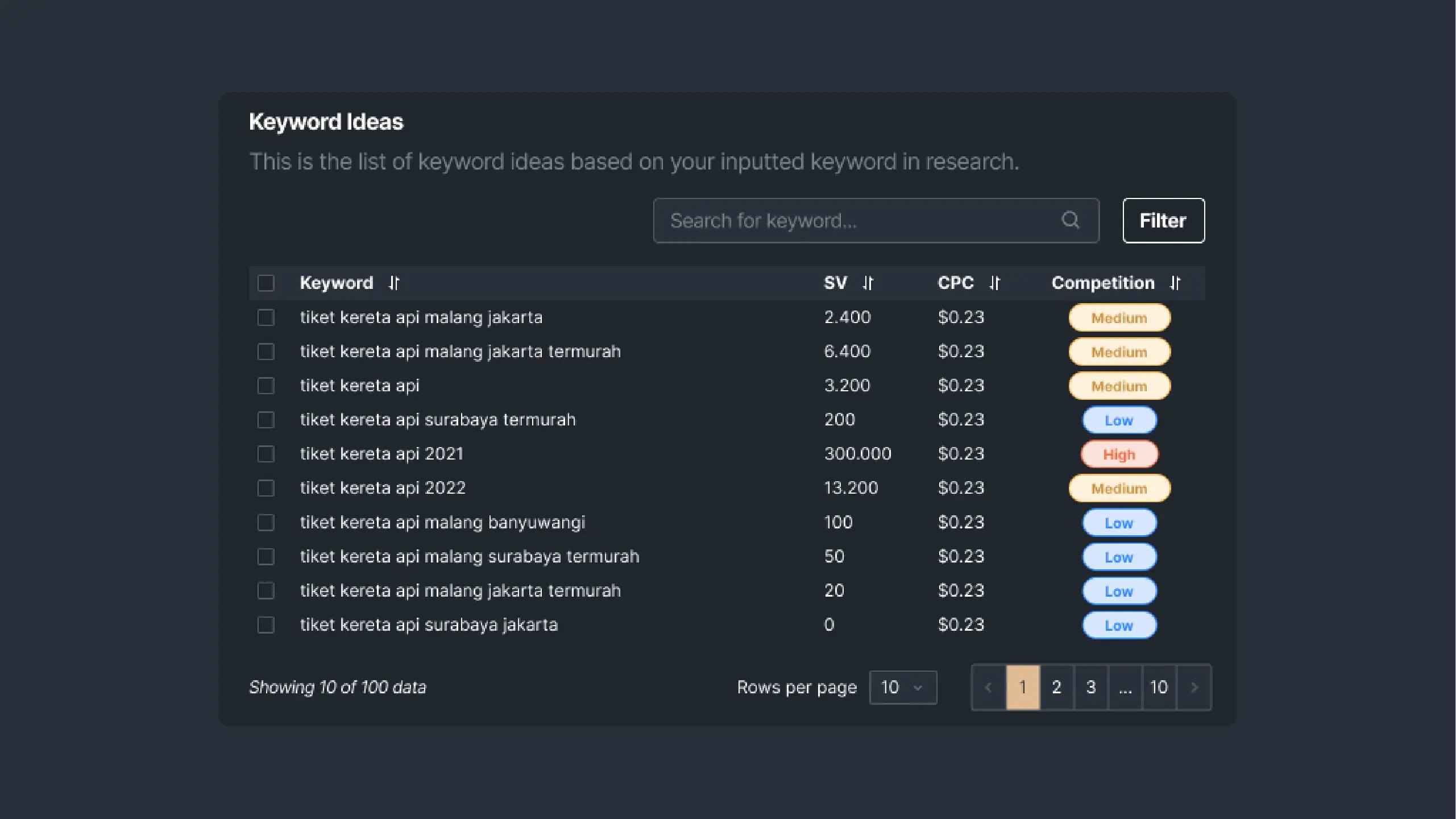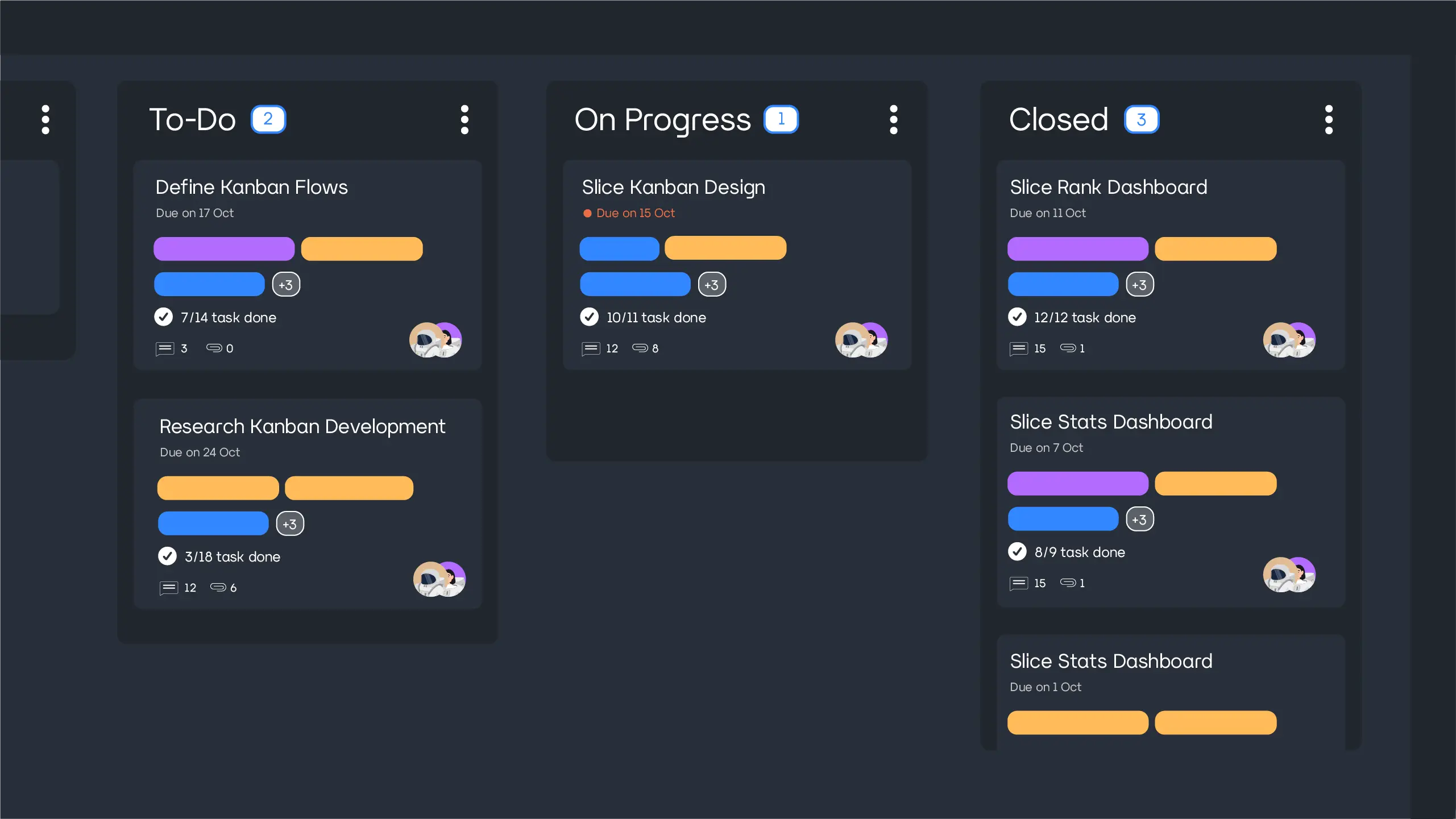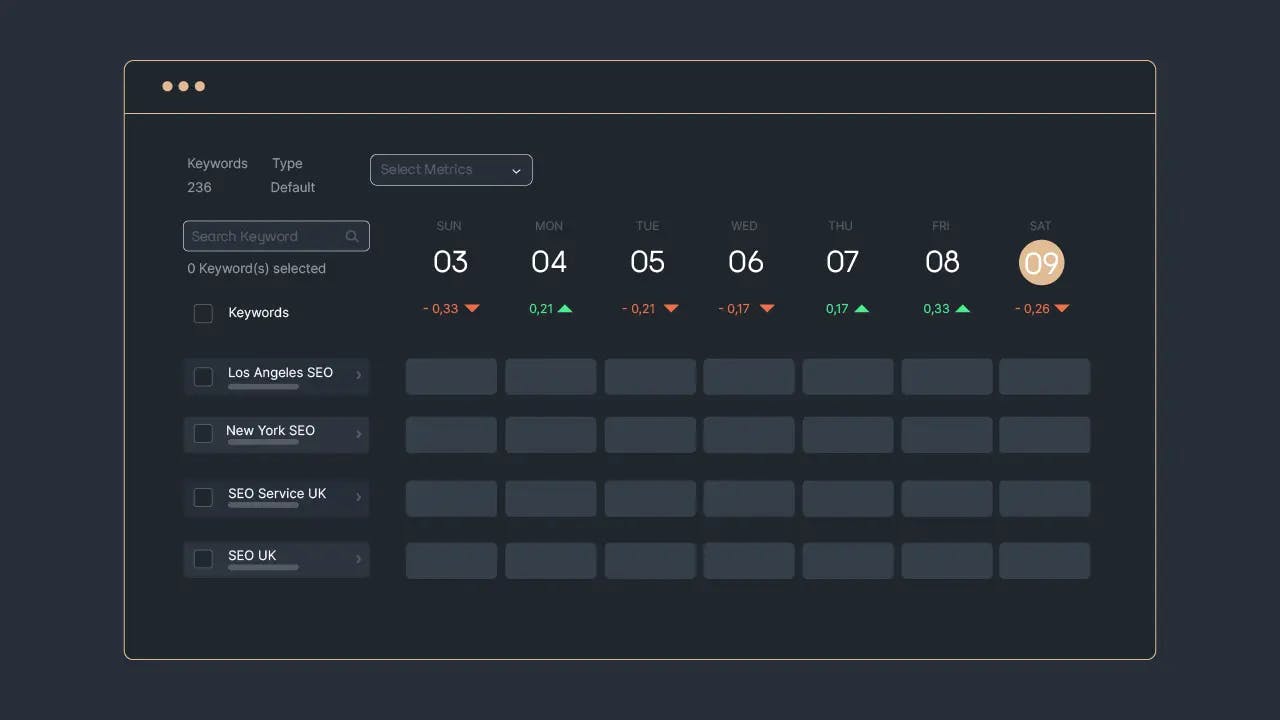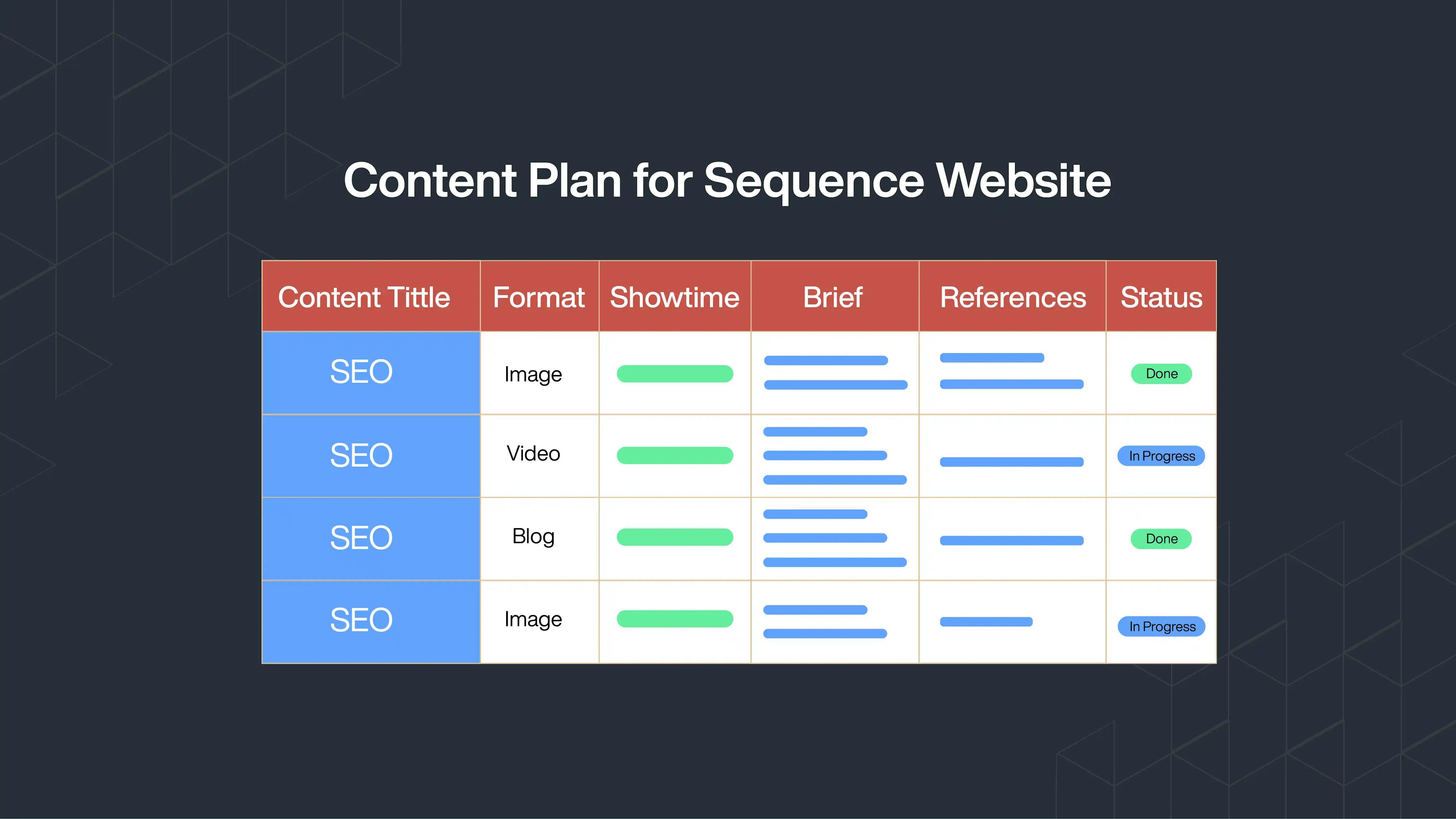Creating content is not just writing and publishing, it is beyond producing articles. You need a content plan to ensure that your content creation is aligned with your overall business goals.
Not only that but having a content plan provides a roadmap for your content marketing efforts. Therefore, you can ensure that your content is purposeful, targeted, and aligned with your overall business objectives.
In this very article, you will learn what is content plan, the strategy, and examples you may adopt to create yours.
What Is a Content Plan?
A content plan, also known as a content strategy or editorial calendar, is a comprehensive document that outlines the various elements of your content marketing efforts.
It serves as a roadmap for creating, publishing, and managing content across different channels.
A well-developed content plan is a strategic tool that aligns your content creation with your overall business objectives.
The Element of Content Plan
A comprehensive content plan consists of several key elements that collectively guide the creation, distribution, and management of content. Here are the essential elements of a content strategy plan:
Goals and Objectives: The overarching purpose of your content marketing efforts.
Content Types and Formats: The types of content you'll create, such as blog posts, articles, videos, infographics, podcasts, etc.
Format Guidelines: The preferred formats for each type of content to maintain consistency.
Content Calendar: A calendar is used to outline when each piece of content will be created, reviewed, and published.
Editorial Workflow: The stages of content creation, from ideation and creation to editing and publication.
Key Performance Indicators (KPIs): The metrics to measure the success of your content, such as website traffic, conversion rates, and social media engagement.
A well-structured content plan addresses these elements to provide a strategic framework for content marketing efforts that is adaptable to changing business needs.
The Importance of Making a Content Plan
Having a content strategy plan is not an option, it is fundamental. Here are some key reasons highlighting the importance of a content plan:
1. Strategic Alignment
A content plan helps align your content with your overall business goals and marketing strategy. It ensures that your content is not created in isolation but is part of a larger content strategy aimed at achieving specific objectives.
2. Consistency
A well-thought content strategy plan enables you to maintain consistency in your messaging, tone, and branding across different channels. Consistency can help build trust with your audience and reinforce your brand identity.
3. Audience Targeting
By defining your target audience and understanding their needs, preferences, and behaviors, a content strategy allows you to create content that resonates with your specific audience.
This targeted approach will increase the likelihood of attracting and retaining your desired audience.
4. Efficiency
Planning your content allows for better resource allocation and more efficient use of time. It helps you avoid the last-minute scramble to create content and ensures that you have a clear editorial calendar.
5. SEO Optimization
A content plan can incorporate keywords and topics relevant to your industry and audience, and in the end, help improve your SEO efforts. This makes your content more discoverable by search engines.
6. Measurable Goals
A content plan allows you to set measurable goals for your content marketing efforts. Whether it's increasing website traffic, generating leads, or improving brand awareness, having a plan in place enables you to track your progress and adjust your strategy as needed.
7. Adaptability
While a content plan provides a structured approach, it should also allow for adaptability. You can adjust your plan based on real-time data, changing market conditions, or emerging trends to stay relevant and responsive to your audience's needs.
8. Team Collaboration
If you're working with a team, a content strategy plan provides a shared roadmap for everyone involved in the content creation process. It helps team members understand their roles, deadlines, and the overall strategy, thus you can foster team collaboration and coordination.
How to Create a Content Plan
Here's a step-by-step guide on creating a content strategy, focusing on defining a clear strategy, finding the right topic, assigning tasks, and measuring results:
1. Define a Clear Strategy
First of all, clearly outline your business objectives. These could include increasing brand awareness, driving website traffic, generating leads, or enhancing customer engagement.
Next, here are the things you should define:
Target Audience: Identify their demographics, interests, and pain points.
Channels: Determine the platforms where your audience is most active.
KPIs: Establish measurable KPIs to track the success of your content plan. Examples include website traffic, social media engagement, lead generation, and conversion rates.
2. Find the Right Topic
The next step is to conduct keyword research to identify topics relevant to your industry.
Use Sequence Stats Keyword Ideas to identify what your audience really needs. This tool can give you comprehensive data such as the search volume, competition index, and other keyword metrics.

Picture 1 - Sequence Stats Keyword Ideas.
3. Assign Tasks
Once you find the topic, create a content calendar outlining what content will be created, who will create it, and when it will be published.
Then, you need to assign specific tasks to team members based on their expertise. This might include SEO specialists, writers, graphic designers, and social media managers.
To facilitate your task delivery system, you can use Sequence Stats Kanban. Here, you can track the task's progress and enable effective task distribution.

Picture 2 - Sequence Stats Kanban Board System.
4. Measure Results
After publishing your content, it is better to measure its performance. You have to regularly monitor your chosen KPIs to assess what's working well and identify areas that need improvement.
Employ analytics tools such as Sequence Stats to track keyword performance on the search result. The data given is daily which enables you to spot the ups and downs quicker.

Picture 3 - Sequence Stats Rank Dashboard.
By following these steps, you can build a comprehensive content plan that aligns with your business goals and evolves based on performance data.
Example of Content Plan
In the context of planning content, there are two most used plans: website content plan and social media content plan. Below are the examples of each type:
1. Website Content Strategy Plan
Goals:
Increase organic traffic by 20% in the next quarter.
Improve user engagement and reduce bounce rate.
Generate leads through informative content.
Target Audience:
Men and women interested in fitness and wellness.
Age group: 25-45.
Geographic focus: United States.
Content Types:
Blog Posts: Two new posts per week.
Resource Pages: Comprehensive guides on nutrition, workouts, and wellness.
Landing Pages: Optimized for lead generation.
Content Topics:
"The Ultimate Guide to High-Intensity Interval Training (HIIT)"
"Meal Prep 101: Healthy Recipes for Busy People"
"10 Common Fitness Myths Debunked"
"Free 7-Day Wellness Challenge"
Publishing Schedule:
Blog Posts: Every Monday and Thursday.
Resource Pages: Twice updates per week.
Landing Pages: Ongoing optimization.
Promotion:
Share new blog posts on social media.
Include links in email newsletters.
Collaborate with other fitness websites for backlink opportunities.
Metrics and Evaluation:
Track organic traffic and ranking.
Monitor user engagement and bounce rates.
Assess lead generation through form submissions.
2. Content Plan for Social Media
Goals:
Increase brand awareness on Instagram by 15%.
Boost engagement on Facebook and X.
Drive traffic to the website through social media.
Target Audience:
Social media users who are interested in fitness and wellness.
Age group: 18-35.
Geographic focus: Global.
Content Types:
Instagram: Visual content, including workout videos, infographics, and behind-the-scenes.
Facebook: Engaging posts, polls, and event updates.
X: Quick tips, industry news, and community interactions.
Content Themes:
Motivational Mondays: Inspirational quotes and success stories.
Workout Wednesdays: Video demonstrations of exercises.
Fun Fridays: Shareable and humorous content related to fitness.
Posting Schedule:
Instagram: Daily posts and stories.
Facebook: 3-4 posts per week.
X: 5-7 tweets per week.
Engagement Strategy:
Respond promptly to comments and direct messages.
Run contests or challenges to encourage user participation.
Collaborate with influencers for shoutouts or takeovers.
Promotion:
Share blog posts and resource pages from the website.
Utilize paid advertising for key campaigns.
Cross-promote content across different social media platforms.
Metrics and Evaluation:
Track follower growth and engagement rates.
Monitor link clicks and website referral traffic.
Analyze the success of specific campaigns or hashtags.
You can create the template through a spreadsheet or use a digital content planner to organize the plan above.

Picture 4 - Illustration of website content plan.
Conclusion
In conclusion, a well-constructed content plan is a fundamental component of any successful content marketing strategy. The robust content plan not only aligns with your business goals but also adapts to the dynamic landscape of your industry. That is why every business should create one.
To simplify your task in content planning, we recommend you use Sequence Stats as a tool that can accommodate all in one dashboard. Starting from keyword researching, keyword monitoring, competitor analysis, to task management.
We have so many impressive features that can help you do SEO better without multiple subscriptions. So, to try all of the features, please register to Sequence Stats and have a free trial!